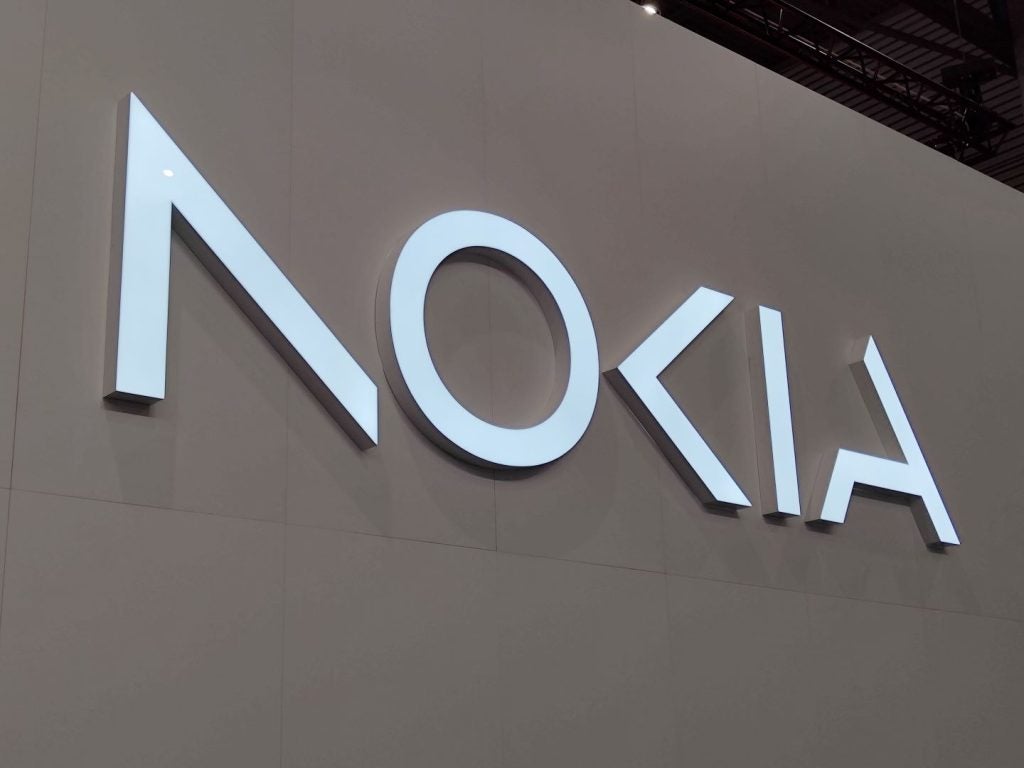
Four decades ago, the coastal metropolis of Shenzhen was just a small fishing village that was home to 30,000 people. Today, it is one of China’s leading business hubs, a global city of ten million.
Shenzhen’s wild transformation is testimony to China’s breakneck growth, in some part, thanks to foreign direct investment (FDI). Covid-19 has only accelerated this trend, meaning that China is likely to overtake the US as the world’s largest economy by 2028, five years earlier than previously forecast.
Beijing’s handling of the pandemic meant that China was the only major economy to report economic growth for 2020 – a massive political win. This achievement was reflected in the world of international investment. For the first time ever, China dislodged long-time leader the US as the world’s top spot for FDI, according to the UN Conference on Trade and Development. However, too much has been made of this news, which received a lot of media attention.
A win, yes, but nothing for China to get excited by
While China’s performance in 2020 was impressive, it does not set a new precedent. The US was hit particularly hard by Covid-19, largely due to the country’s mismanagement of the crisis. However, as stability resumes this year, FDI to the US will almost certainly bounce back and dominate China once more.
As per the above chart, foreign investment to the US over the past two decades (and more) has been significantly higher than flows to China – although very volatile. On the other hand, investment to China has been remarkably (almost absurdly) smooth in its incremental growth.
How well do you really know your competitors?
Access the most comprehensive Company Profiles on the market, powered by GlobalData. Save hours of research. Gain competitive edge.

Thank you!
Your download email will arrive shortly
Not ready to buy yet? Download a free sample
We are confident about the unique quality of our Company Profiles. However, we want you to make the most beneficial decision for your business, so we offer a free sample that you can download by submitting the below form
By GlobalDataThis divergence epitomises the difference between the US and Chinese system: free markets versus state control. For 40 years, Beijing has gradually opened up its economy to foreign investors. Had China mimicked the US’s laissez-faire approach, then it would probably have become the world’s most popular destination for foreign investment many years ago.
Nonetheless, slow and steady wins the race too. As things stand, the growth rate of foreign investment to China is much higher than the US’s, as per the below chart. This means China will probably overtake the US (in earnest) as the world’s FDI king over the next decade, especially if it accelerates economic liberalisation.
Will dual circulation cause Chinese FDI to splutter?
However, it is not yet clear if China’s new overarching strategy – known as ‘dual circulation’ – will put a spanner in these works. Developed in 2020 in response to the pandemic and trade war, it seeks to reduce China’s dependency on exports and foreign markets by increasing its domestic consumption and value-add industries. Although this is a form of ‘make and buy in China’, Beijing claims that it does not imply or necessitate increased protectionism. We shall see.
What it probably will mean, for better and for worse, is much more opportunity for foreign investors to produce in China to sell in China – and if the past four years of trade wars has taught us anything, it is that ‘Western’ companies are resilient in their commitment to the huge Chinese market.
Donald Trump rocked the boat hard, accelerating a ‘tech cold war’, but overall FDI from the US to China remained feverish and unabated. Meanwhile, Chinese investment to the US has decreased markedly over the past four years.
In short, although China wears the crown today, it is not really the king of FDI. Assuming that throne properly, however, is very much on the horizon, especially if ‘Western’ investment continues to pour in.
Home page image of Chinese President Xi Jinping by Greg Baker/AFP via Getty Images.






